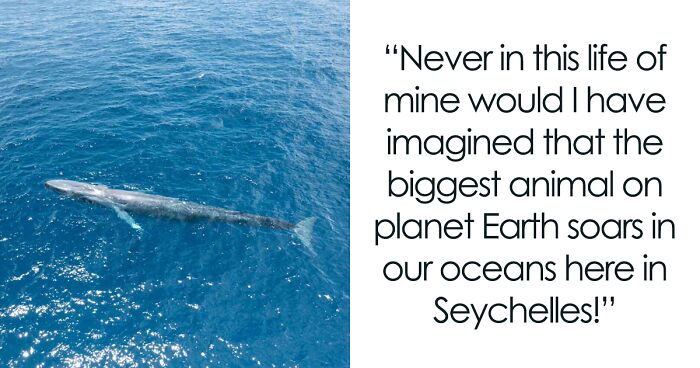
Blue Whales Returned To Seychelles: Scientists Recorded 23 Species During Their Surveys
The Seychelles archipelago used to be a major whaling ground, especially for Soviet whalers during the 20th century.
In 1979, the waters of the Republic of Seychelles became part of the Indian Ocean Whale Sanctuary, yet almost nothing was known about the habitation of blue whales until a recent Save Our Seas Foundation (SOSF) project investigation.
More info: Save Our Seas Foundation
Unseen in Seychelles since the 1960s, blue whales have finally been confirmed as regular visitors
Image credits: Matteo Parisi
Image credits: Big Blue Films / James Loudon
Image credits: SK Films
Image credits: SK Films
Scientists from the University of Seychelles, Florida International University and Oregon State University teamed up to fill the gap in history about the blue whales in Seychelles since their disappearance due to massive whaling decades ago. It’s believed that the whaling industry hunted down nearly 3 million whales for their oil (about 276,442 in the North Atlantic, 563,696 in the North Pacific and 2,053,956 in the Southern Hemisphere), but the true numbers could be likely higher. Today, an estimated 10,000 to 25,000 blue whales are swimming in our oceans.
Using a combination of acoustic methods and visual boat-based surveys, Dr. Jeremy Kiszka, a biology professor at Florida International University (FIU) and project leader at Save Our Seas Foundation (SOSF), wanted to improve the knowledge about the abundance, behavior and critical habitat of blue whales and other cetaceans in Seychelles, particularly around D’Arros Island and St Joseph Atoll.
Even though Seychelles was known as having one of the highest levels of cetacean diversity and abundance in the south-western Indian Ocean, the new discovery exceeded all expectations: “This was a phenomenal finding. We were prepared to not see any blue whales due to the high level of hunting that occurred fairly recently and absolutely no information was available since the last blue whale was hunted down in the region in 1964,” shared Jeremy Kiszka.
Conservation scientists now are trying to understand exactly how important the waters in Seychelles are for blue whales
Image credits: SK Films
Image credits: SK Films
“Never in this life of mine would I have imagined that the biggest animal on planet Earth soars in our oceans here in Seychelles!” added Dillys Pouponeau, who is a research assistant at the Save Our Seas Foundation D’Arros Research Centre (SOSF-DRC).
The scientific team recorded 23 species in just two field seasons: “In Seychelles we have seen some of the world’s least-known species. Animals such as the Longman’s beaked whale have been seen alive only a handful of times, but they’ve been observed in large groups in Seychelles. We’ve also sighted a species off D’Arros that we’ve previously known only from the Southern Ocean, where it prefers cold, temperate and sub-polar waters,” explained Kiszka.
Yet the biggest discovery was the confirmation that blue whales are frequent in Seychelles, especially between December and April. “It is remarkable to know that the largest animal on Earth swims here,” marvelled Kiszka.
“It shows how regulations and legislations have indeed helped to prevent whaling and protect this species. It also shows how nature can recover by itself and often all we need to do is leave it to do so. I wish that the people who worked on (the whaling ban) could see the fruits of their work. I wish they knew that we, ‘the future generation’ at that time, got to see blue whales from a different perspective, and that we are proud of the work they did,” added Pouponeau.
Despite the fact that whales are protected because they are no longer legally, actively hunted, they still face lots of threats. “Shipping traffic causes noise pollution and can lead to collisions. Climate change is altering the distribution and abundance of their key food, krill,” explained Kiszka. “We want to understand what drives these animals to come to Seychelles. Do blue whales come to Seychelles to feed? To reproduce? We have absolutely no idea. These are important questions we need to answer,” he added.
Scientists recorded 23 blue whales during their surveys in Seychelles
Image credits: Ian Badenhorst
Image credits: Matteo Parisi
Image credits: NOAA
Image credits: Britannica
Together with the team, Kiszka also contributed in ‘Acoustic detections and sightings of blue whales Balaenoptera musculus in the Seychelles, western tropical Indian Ocean (2020−2022)’, which was published in the journal Endangered Species Research on 9 November 2023.
The song of the blue whale is so deep and such a low frequency that it is beyond the range of human hearing.
“It’s the loudest sustained sound in the animal kingdom,” said one of the lead investigators, Dr Kate Stafford. Their calls can reach 188 decibels, while, for example, a jet reaches 140 decibels. Their low frequency whistle can be heard for hundreds of miles away and, as the scientists are guessing, is probably used to attract other blue whales.
By analyzing the records, scientists were even able to tell which acoustic population the blue whales in the area belonged to: “You can tell them apart by the sounds they make. In the Seychelles we heard one acoustic population – the one generally associated with the northern Indian Ocean,” explained Stafford.
The research and findings will give valuable opportunities and responsibilities for an emerging generation of scientists and conservationists in Seychelles: “We want to raise awareness about blue whales and thereby ensure that the area where we’ve recorded blue whales remains protected. There is likely to be a lot of interest in using these waters. There are already fishing grounds, but there may be other uses that would threaten these cetaceans and the entire ecosystem. Seismic surveys by the oil industry, for instance, would have an enormously detrimental impact, as we know from other regions,” added Kiszka.
The first documented sighting of a blue whale happened to be just a few metres away from the D’Arros Research Centre
Image credits: Save Our Seas Foundation
Image credits: Save Our Seas Foundation
Image credits: SK Films
Blue whales are among the longest-lived animals on our planet with the biggest heart in the animal kingdom, weighing about 180 kilograms (400 pounds) and beating only twice per minute when these gentle giants dive to feed.
Reaching a maximum confirmed length of 29.9 meters (98 feet) and weighing up to 199 tons (as much as 30 elephants), it is the largest animal known ever to have existed, yet due to whaling and later plastic pollution, over-fishing and noise, humans almost drove this magnificent species extinct. Therefore, thanks to the recent optimistic news from Seychelles, we have hope that by understanding blue whales and by constantly raising awareness about them, we can create a much brighter future.

 Dark Mode
Dark Mode 

 No fees, cancel anytime
No fees, cancel anytime 






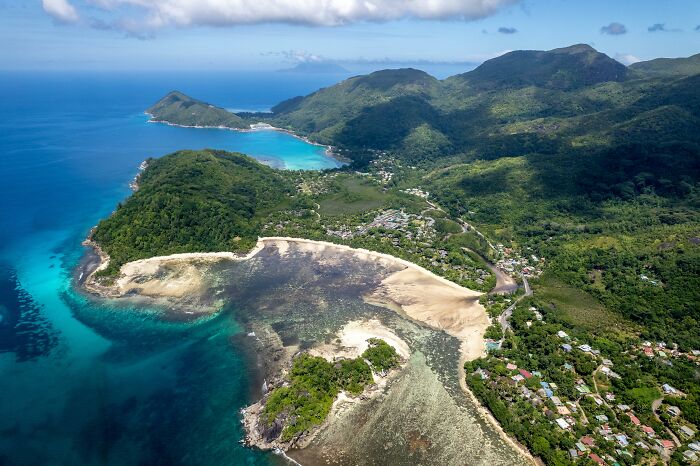
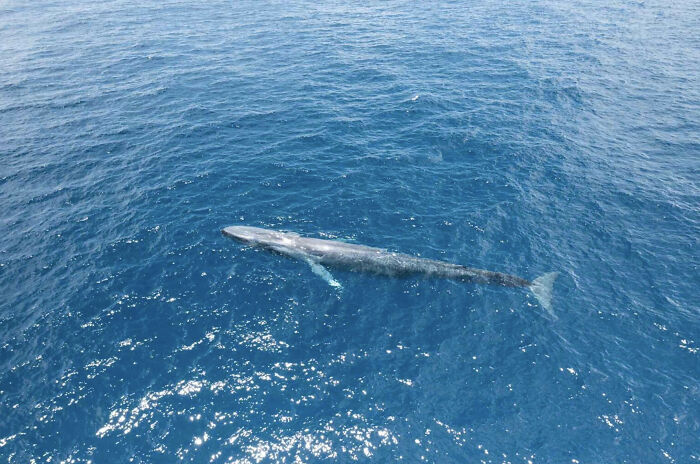
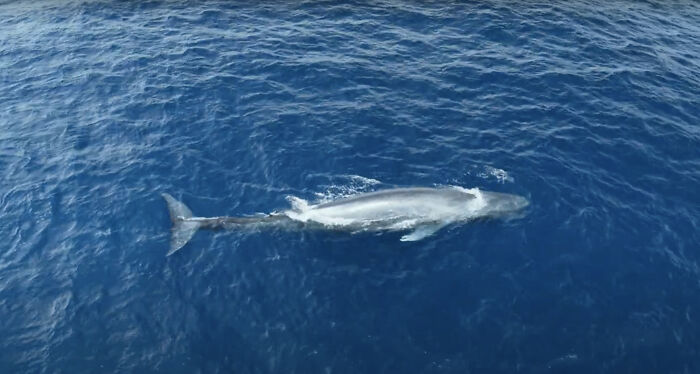
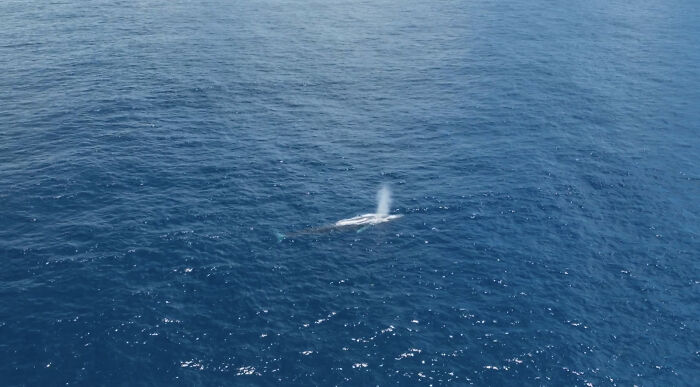
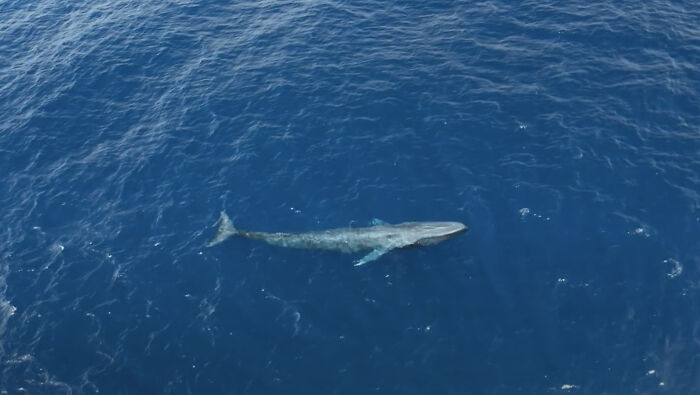
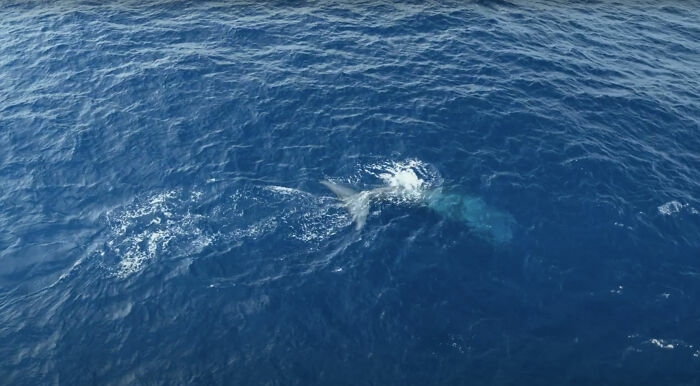
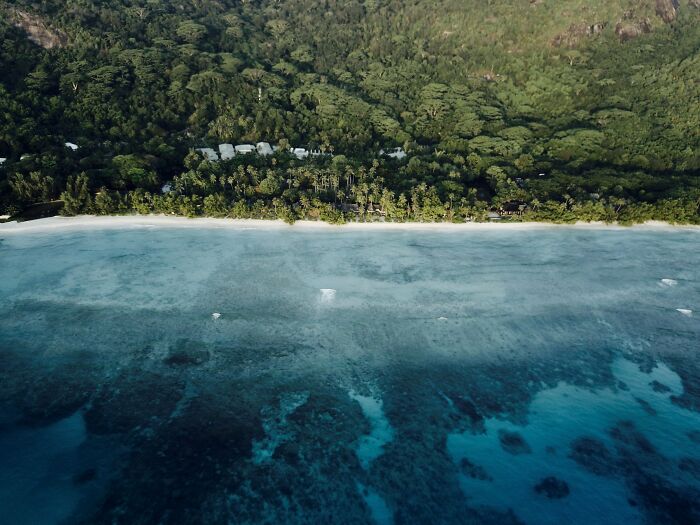
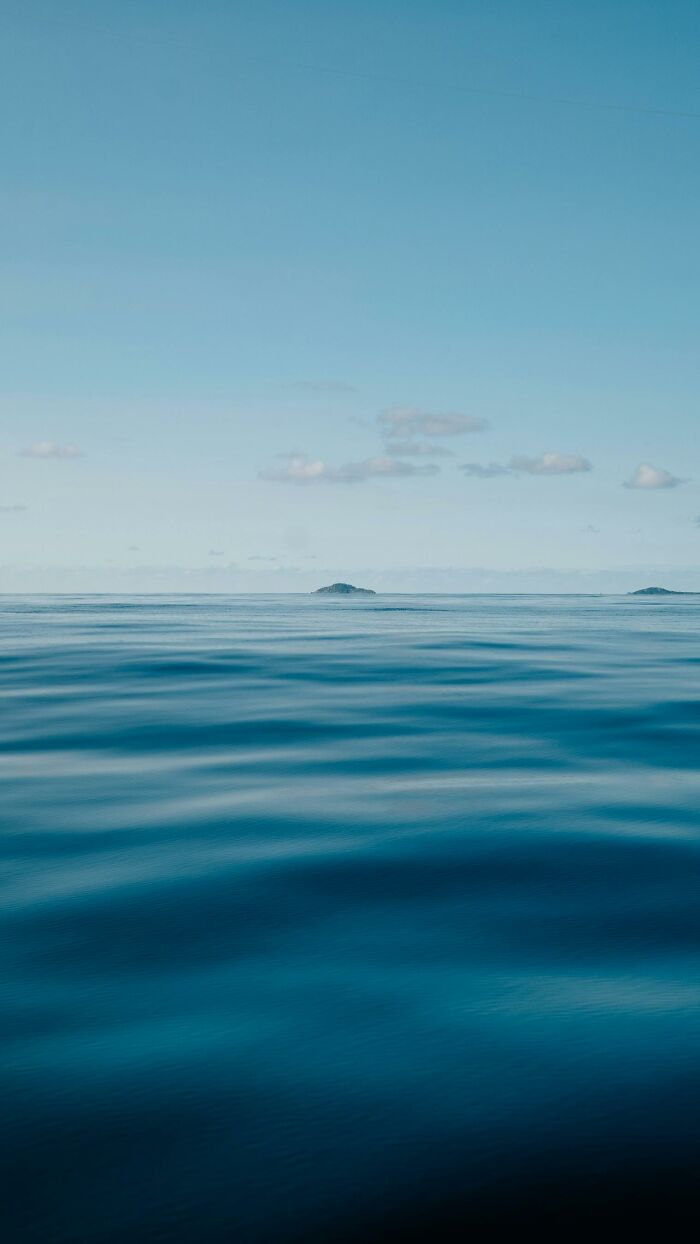
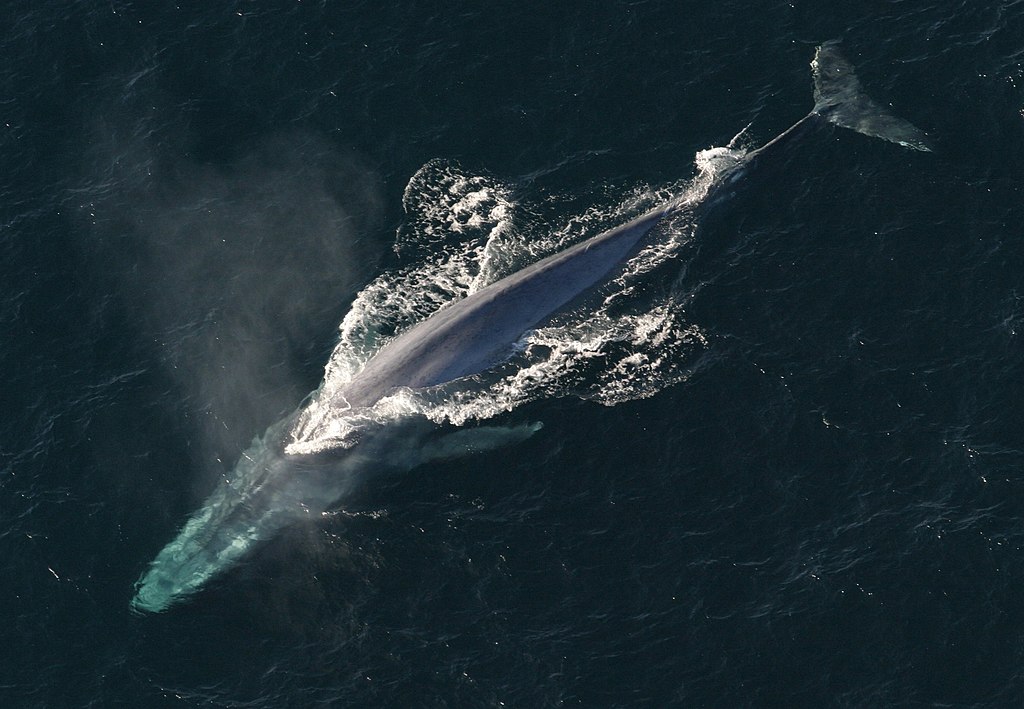

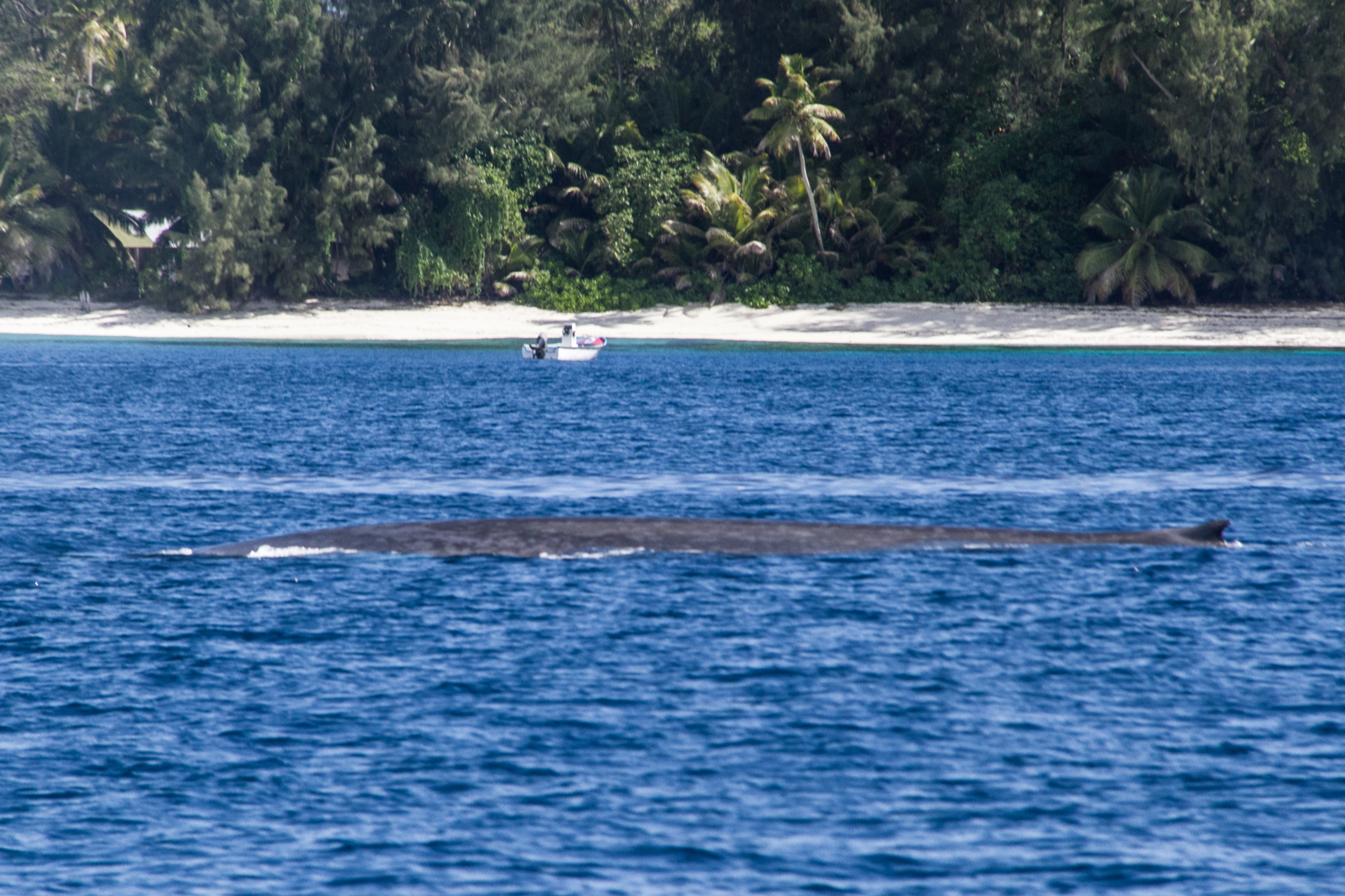
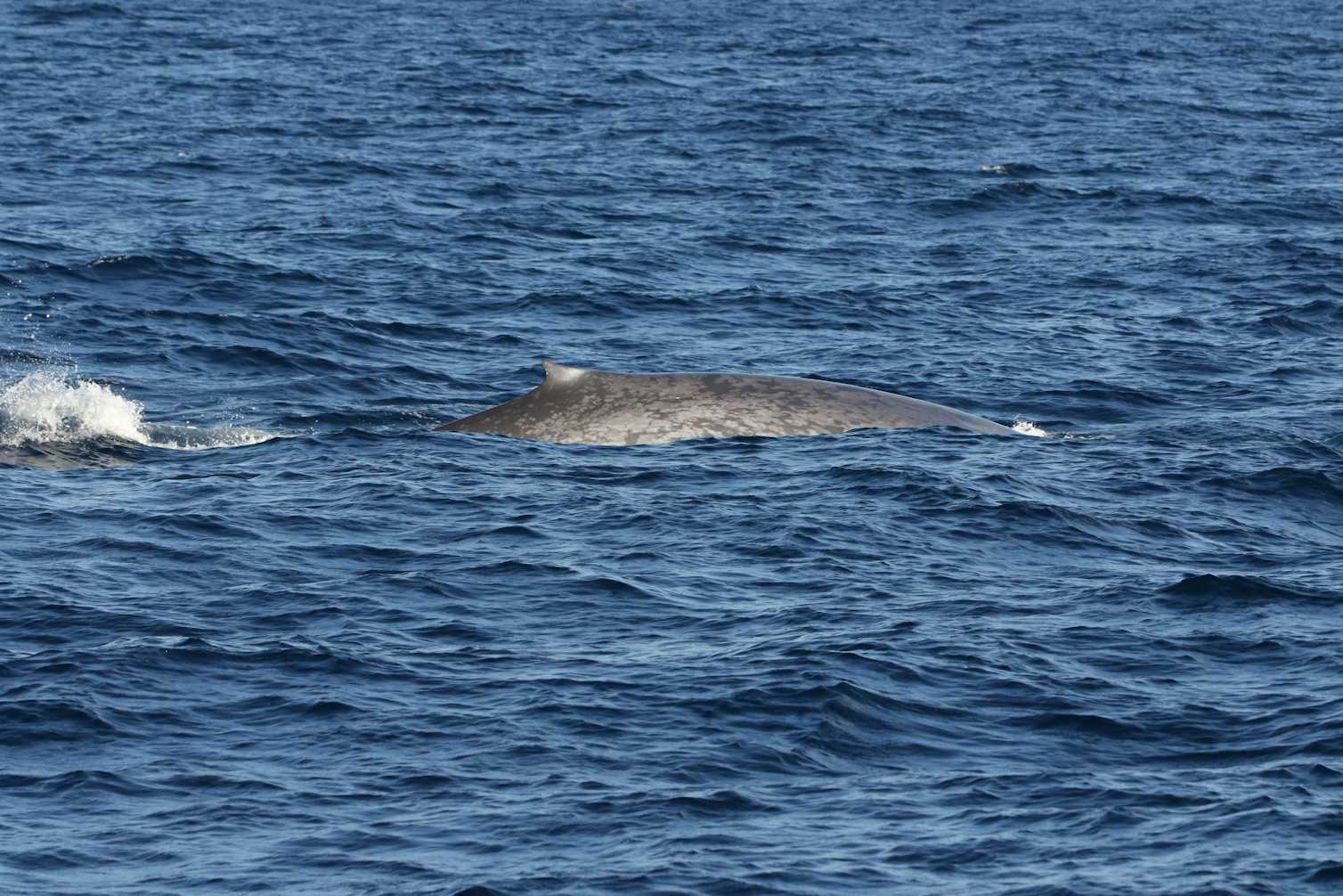

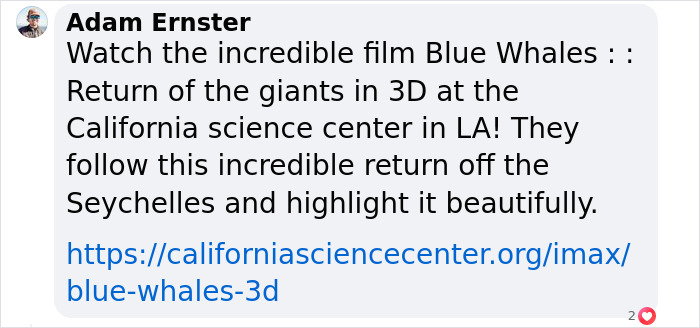














































84
6